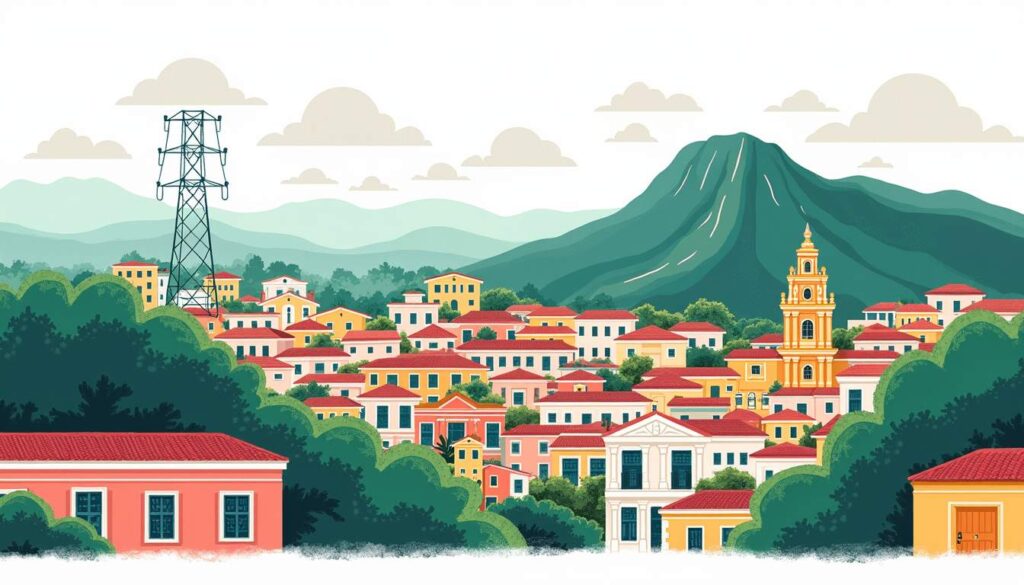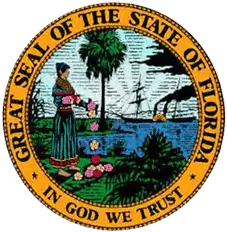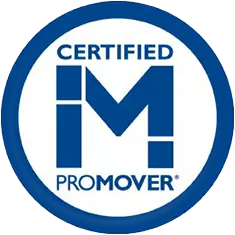Understanding the cost of living in different regions can significantly impact lifestyle choices, especially for those considering a move or planning a visit. Puerto Rico, a vibrant US territory in the Caribbean, offers a unique blend of culture, climate, and cost considerations. But how does its cost of living stack up against other US territories? This article delves into the various aspects of living in Puerto Rico and compares it with other territories like Guam, the US Virgin Islands, and American Samoa.
Overview of Cost of Living in Puerto Rico
Puerto Rico’s cost of living is often perceived as lower than the mainland United States, but this can vary significantly depending on the region and lifestyle. The island has a diverse economy, influenced by tourism, manufacturing, and agriculture, which affects prices across different sectors.
Housing Costs
Housing is typically one of the largest expenses for residents. In Puerto Rico, the average rent for a one-bedroom apartment in San Juan can range from $800 to $1,200, depending on the neighborhood. Comparatively, rural areas may offer lower rents, sometimes below $600. While these figures may seem appealing, it’s essential to consider the condition of the housing market and the availability of amenities.
In contrast, the US Virgin Islands often report higher rental prices, with average rents in Charlotte Amalie averaging around $1,500 for similar accommodations. Guam also tends to have elevated housing costs, particularly in prime areas near the coast.
Utilities and Other Living Expenses
Utilities in Puerto Rico can be a mixed bag. While electricity rates are notably high compared to the mainland—averaging about 20 cents per kilowatt-hour—water and internet costs remain relatively reasonable. This can lead to higher overall monthly expenses, especially for families or individuals who rely heavily on air conditioning.
When comparing utilities, the US Virgin Islands also face high electricity costs, often exceeding those in Puerto Rico. In contrast, Guam tends to have more stable prices, although the overall cost of living remains high due to its geographical isolation.
Food and Groceries
The cost of food and groceries in Puerto Rico can be higher than in many parts of the mainland United States. This is largely due to the island’s reliance on imported goods, which can inflate prices. On average, a family may spend about 15-20% more on groceries than they would in a comparable city on the mainland.
Dining Out
Dining out in Puerto Rico can be a delightful experience, with local cuisine offering a variety of options. A meal at a mid-range restaurant may cost around $15 to $30 per person. Street food and local eateries can provide delicious meals at lower prices, often under $10.
In comparison, dining out in the US Virgin Islands can be more expensive, with similar meals costing an average of $20 to $40. Guam also reflects higher dining costs, particularly in tourist-heavy areas. This makes Puerto Rico a more budget-friendly option for food enthusiasts.
Grocery Shopping
When it comes to grocery shopping, Puerto Ricans often find that fresh produce and local products are more affordable than imported goods. However, items like dairy and canned goods can be pricier due to shipping costs. A typical grocery bill for a family of four might range from $600 to $800 a month.
In the US Virgin Islands, grocery prices can be significantly higher, often exceeding $1,000 for similar families due to the same import issues. Guam also faces high grocery costs, making Puerto Rico a more economical choice for families looking to manage their budgets effectively.
Transportation Costs
Transportation is another crucial aspect of the cost of living. In Puerto Rico, public transportation options are limited, and many residents rely on personal vehicles. Gas prices can fluctuate, but they typically hover around the national average, making commuting costs manageable for most.
Public Transport Options
While Puerto Rico has a public bus system, it may not be as extensive or reliable as those found in larger US cities. Many residents find it more convenient to own a car, which adds to expenses such as insurance and maintenance. However, the lack of extensive public transport options can be a disadvantage for those without access to a vehicle.
In comparison, Guam offers a more developed public transportation system, albeit still limited. The US Virgin Islands also have public transport options, but they can be inconsistent, leading many to rely on personal vehicles.
Vehicle Ownership
The cost of owning a vehicle in Puerto Rico can vary. Insurance rates are generally higher than the mainland, and maintenance costs can add up. However, the absence of state taxes on vehicle purchases can offset some of these expenses. Overall, transportation costs in Puerto Rico are relatively comparable to those in other US territories.
Healthcare Costs
Healthcare is a critical consideration when evaluating the cost of living. Puerto Rico has a mix of public and private healthcare options, with many residents relying on Medicaid or Medicare. While healthcare costs can be lower than in the mainland US, the quality and accessibility of services can vary.
Insurance and Medical Services
On average, healthcare premiums in Puerto Rico can be lower than those on the mainland, but residents often face higher out-of-pocket costs for services. The availability of specialists can also be limited, leading to longer wait times for certain procedures.
In contrast, the US Virgin Islands and Guam also experience challenges in healthcare access, often with higher insurance premiums and limited specialist availability. This makes Puerto Rico a more attractive option for those seeking affordable healthcare, despite some limitations.
Pharmaceutical Costs
Prescription medications can also be a significant expense. While some drugs may be cheaper in Puerto Rico due to local pharmacies, others can be more expensive due to import costs. Overall, residents should budget for healthcare needs, considering both insurance and out-of-pocket expenses.
Education Costs
For families considering a move to Puerto Rico, education costs are another important factor. The island has a mix of public and private schools, with public education being free for residents. However, the quality of education can vary significantly between institutions.
Public vs. Private Schools
Public schools in Puerto Rico are funded by the government, but they often face challenges such as overcrowded classrooms and limited resources. Private schools, while offering a more robust curriculum, can be expensive, with tuition ranging from $5,000 to $15,000 per year.
In comparison, education costs in Guam and the US Virgin Islands can be similar, with private schools often being the preferred choice for families seeking higher educational standards. However, the availability of quality public education can vary widely across these territories.
Higher Education Opportunities
Puerto Rico is home to several universities and colleges, offering a range of programs for students. Tuition rates are generally lower than those in the mainland US, making higher education more accessible. This can be a significant advantage for families considering long-term residency.
Conclusion: The Big Picture
When comparing the cost of living in Puerto Rico to other US territories, it becomes clear that each location has its unique advantages and challenges. Puerto Rico offers a relatively affordable lifestyle, especially in terms of housing and dining, but higher utility costs and healthcare challenges can impact overall expenses.
Ultimately, the decision to move to Puerto Rico or any other US territory should consider personal circumstances, lifestyle preferences, and financial situations. By understanding the nuances of living costs, individuals can make informed choices that best suit their needs.
Whether drawn by the island’s rich culture, beautiful landscapes, or the allure of a lower cost of living, Puerto Rico remains a compelling option for many. As with any significant life decision, thorough research and consideration are key to ensuring a smooth transition and a fulfilling experience.
















